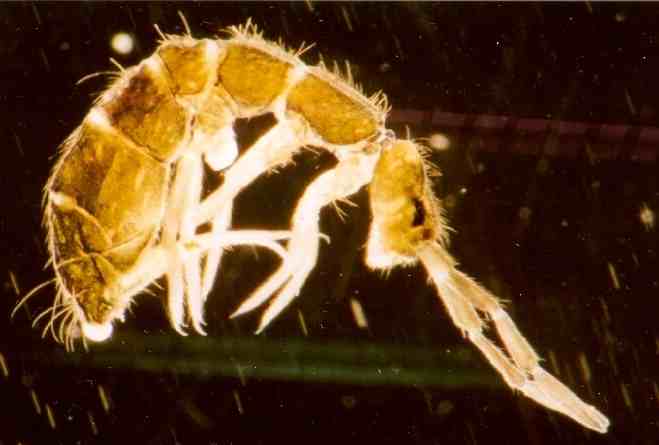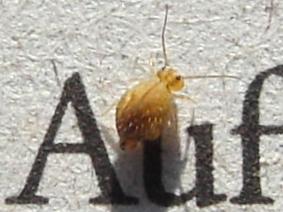|
Ptenothrix Beta
''Ptenothrix beta'' is a species of springtail in the genus ''Ptenothrix''. It is incredibly variable and ranges across the northwestern US. Description This species has a "bullet-shaped" body. It is distinguished from other ''Ptenothrix'' species by having three dark stripes with light lines separating them and a dark line on the abdomen. The overall coloration is light brown. It also has side bands towards the back. Some specimens sometimes have a Y shape towards the back which can cause confusion; others do not and only have side bands. References Symphypleona Animals described in 1981 {{Springtail-stub ... [...More Info...] [...Related Items...] OR: [Wikipedia] [Google] [Baidu] |
Springtail
Springtails (class Collembola) form the largest of the three lineages of modern Hexapoda, hexapods that are no longer considered insects. Although the three lineages are sometimes grouped together in a class called Entognatha because they have internal Arthropod mouthparts, mouthparts, they do not appear to be any more closely related to one another than they are to insects, which have external mouthparts. Springtails are omnivorous, free-living organisms that prefer moist conditions. They do not directly engage in the decomposition of organic matter, but contribute to it indirectly through the fragmentation of organic matter and the control of soil microbial communities. The word ''Collembola'' is from Ancient Greek 'glue' and 'peg'; this name was given due to the existence of the collophore, which was previously thought to stick to surfaces to stabilize the creature. Early DNA sequence studies suggested that Collembola represent a separate Lineage (evolution), evolutionary ... [...More Info...] [...Related Items...] OR: [Wikipedia] [Google] [Baidu] |
Ptenothrix
''Ptenothrix'' is a genus of globular springtails in the family Dicyrtomidae. There are about 92 described species in ''Ptenothrix'' worldwide. The genus is defined by a cluster of traits, most pertaining to chaetotaxy. These traits are as follows: large abdomen without a protuberance, with a full set of bothriotricha and posteriorly covered with small acanthoid chaetae, head and abdomen with at least some large acanthoid chaetae, hind tibiotarsus with 2-3 modified serrated chaetae, claws usually with no tunica, outer and inner chaetae on the dens often serrated, and no neosminthuroid chaetae. Species These species belong to the genus ''Ptenothrix'': * '' Ptenothrix albosignata'' (Parona, 1888) Stach, J, 1957:90 * '' Ptenothrix alveola'' (Lucas, H, 1846:255) Janssens F, 2020:mihi * '' Ptenothrix annulata'' Lin & Xia, 1985 * '' Ptenothrix argentina'' Delamare Deboutteville & Massoud, 1963:281 * '' Ptenothrix atra'' (Linnaeus, C, 1758) Börner, 1906 * '' Ptenothrix austral ... [...More Info...] [...Related Items...] OR: [Wikipedia] [Google] [Baidu] |
Symphypleona
The order Symphypleona, also known as the globular springtails, is one of the three main groups of springtails (Collembola), tiny hexapods related to insects. When the springtails were still believed to be an order of insects, the Symphypleona were ranked as a suborder. They can be best distinguished from the other springtail groups by their body shape. The Symphypleona are very round animals, almost spherical, and usually have long antennae. The Poduromorpha, by contrast, always have short legs and a plump body, but more oval in shape than the Symphypleona. The Entomobryomorpha are the slimmest springtails, some with long and some with short legs and antennae, but always with a very slender body. Systematics The Symphypleona order was previously suggested to also contain family Neelidae, as a very apomorphic relative in the Sminthuridae superfamily. Phylogenetic studies however suggest Neelidae to be the only family of Neelipleona order.Gao, Yan; Bu, Yun & Luan, Yun-X ... [...More Info...] [...Related Items...] OR: [Wikipedia] [Google] [Baidu] |


